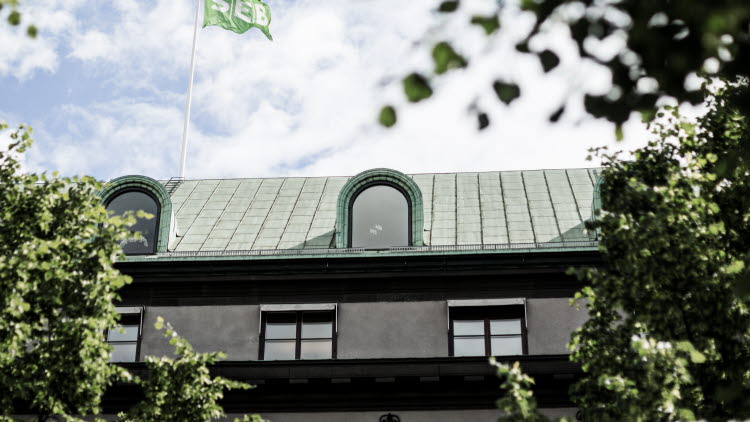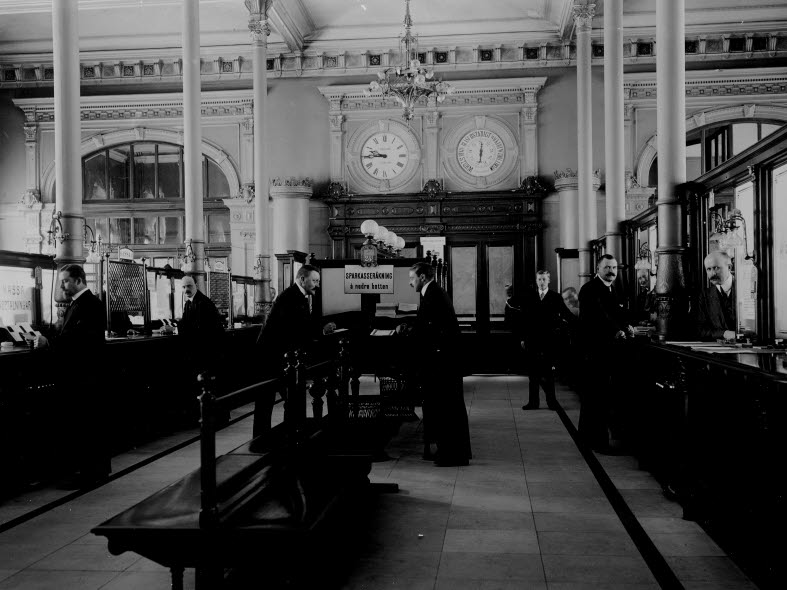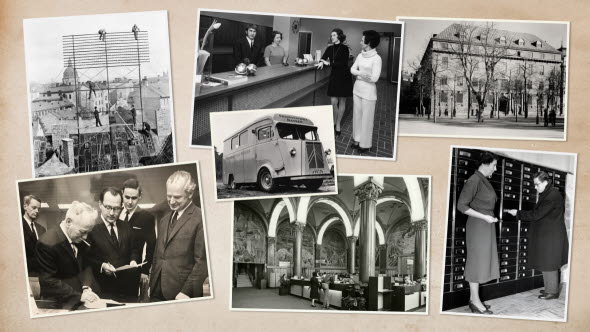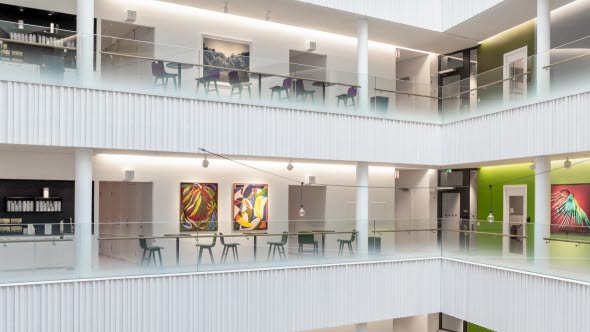Banks can't change the world. But the world can't change without banks.
In 1856, when Andre Oscar Wallenberg founded our bank, he set out to empower people with ideas.
Ever since, SEB played a crucial part in industrializing Sweden and Northen Europe. Today, we're putting all our effort into being the best partner possible in sustainability transition.




